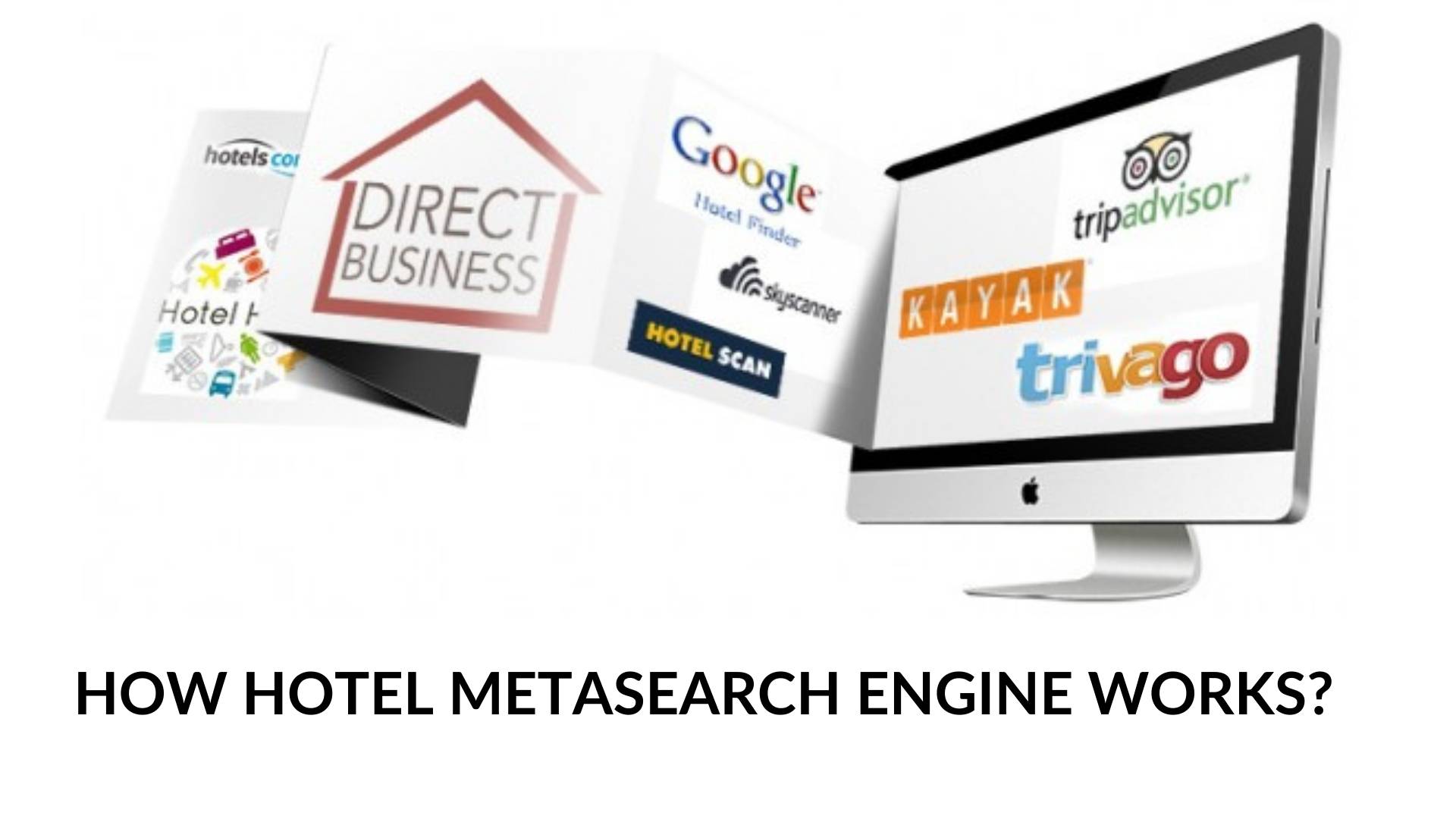Google’s announcement of the retirement of third-party cookies from the online world comes with a lot of ifs and buts. This brings us to dive into cookies. In our last article, we discussed cookies and their role in the world of marketing. While some believe that this will begin an era of targeted marketing as third-party cookies delivered anonymous user data that couldn’t be completely relied on. Others are of the opinion that this retirement will turn the world of online advertising upside down. What do you think?
In this article, we are going to learn about how the hotel owners are adjusting to changes and restrategizing the digital advertisements to run ads and reach the right traveler from 2024- the year Google finally bids farewell to third-party cookies.

How Are Marketers Planning to Deal with Cookie Withdrawal?
The withdrawal of cookies creates room for people-based marketing campaigns. Collecting data directly from the customer, tracking their web activity via a unique digital identity and mapping them with past booking records will help the hotel owners target their ad campaigns directly to prospective travelers. In the upcoming third-party cookie-less world, first-party cookies and hashed emails are going to be the main players of the marketing team for online advertising.
Hashed Email Becomes User’s Digital Identity
It is now accepted that your email id is one of your most valuable identities. Just like your real name, you don’t keep changing your email address. Almost all users have one fixed email address that they usually use to log in to access information, social media, e-commerce, streaming, education, shopping, health, travel – in short for anything and everything.
Hashing email is the process of encrypting the email address into a code of 32 characters. For example, if your email id is xyz@ratetiger.com, the algorithm will convert it into a unique code having a mix of alphabets and numbers like “xdf2hj45bh8gh0965njlg3ddbjte5ji6” which isn’t easy to decode. This will function as your digital identity just as your passport in the offline world.
Wherever the email id will be logged in, the browser will track the activity and help the digital partners create more accurate and precise customer information. Hiding the user identity and respecting the privacy clause of the consumer, hashed email will help the hotel owners track the customer journey and prepare a more customer-centric user persona based on their interests and behavior.
The advantage of hashing email is that it will track the customer journey across all devices where the email address is logged in overcoming the restriction of device-based tracking of third-party cookies. But how to get the email id? As a hotel owner, start with prompting a login on the website once the user is on the booking page or asking for subscribing to special offers or promotions.

First-party Cookie Replacing Third-party Cookies
While Google is to bid farewell to third-party cookies, first-party cookies remain. As explained in our last article, first-party cookies are the cookies used by the owner of the website. Once logged in, it stores the user’s information and preferences like language settings and others saving the traveler from logging in every time they visit the hotel website.
This user data is safe and accurate as it is entered directly by the user. Share this data with marketing partners to match the customer journey against the unique ID (hashed email) generated for this email. This will provide hoteliers with the added advantage of targeting and retargeting the traveler to book a room.

Takeaway
Maintaining user privacy, this partnership of hashed email and first-party cookies will help the hoteliers shift their online advertising focus from cookie-based to people-based targeted marketing. This can be a win-win situation for both the user and hotel marketers. The user will be happy that his identity is protected, and the marketing team will be happy to run their ads to a more precise and specific audience list.
A third-party cookie-less world is coming for sure and it’s time for you as a marketer to start revamping your marketing strategy to sustain from the 2nd half of 2024.










